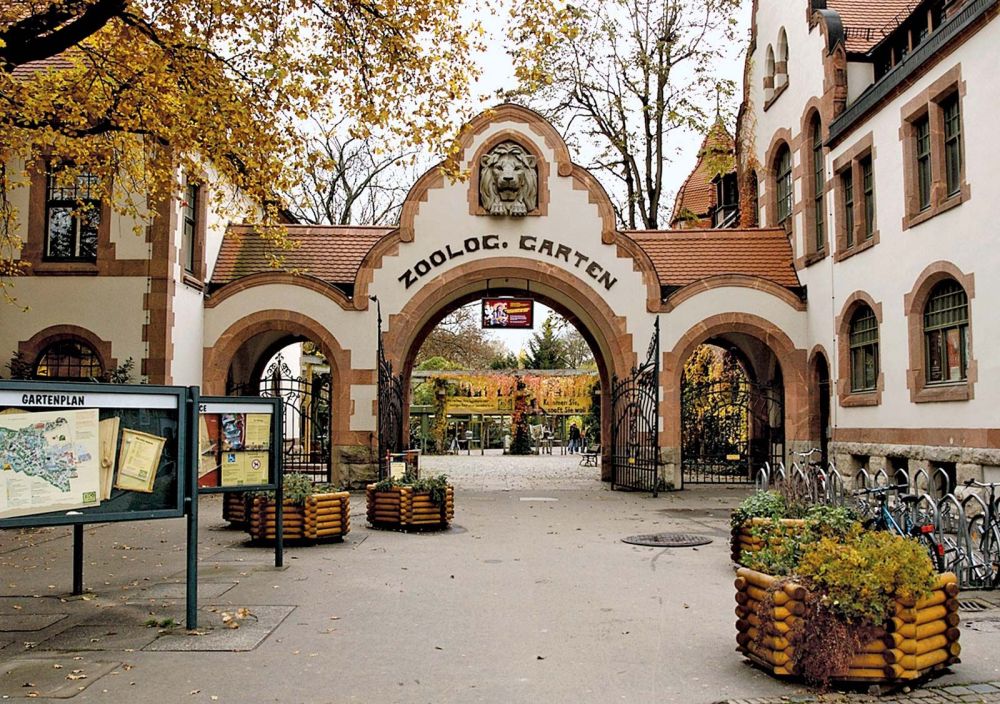

The city of Leipzig has a storied history when it comes to tourism, with the Leipzig Zoo standing as one of its most prominent and historic attractions. Founded on June 9, 1878, Leipzig Zoo has undergone significant transformations from its inception as a small park with a mere 45 animals, to an internationally acclaimed conservation and leisure destination.
In the late 19th century, professor Ernst Pinkert, a local innkeeper and passionate animal collector, established the zoo, facilitating direct encounters between the residents of Leipzig and exotic wildlife from around the world. From the very beginning, the zoo became a magnet for tourism and leisure in the region, making Leipzig a well-known city on the tourist map.
Throughout the 20th century, particularly during both World Wars, Leipzig Zoo faced numerous challenges, yet managed to persevere and evolve. Post-war redevelopment efforts resulted in the repair and expansion of the zoo, reflecting the changes in societal attitudes towards nature and animal welfare.
In the 1950s and 1960s, the zoo paid more attention to the needs and natural habitats of the animals, transitioning from traditional cage enclosures towards more spacious and species-appropriate habitats. This shift in philosophy not only improved the well-being of the animals but also substantially enriched the visitor experience, contributing to tourism growth.
Entering the 21st century, Leipzig Zoo continued to set benchmarks in design and conservation. The introduction of the innovative 'Gondwanaland' tropical experience complex in 2011 marked a new era in immersive zoo exhibits on a global scale. It boosted tourism significantly and the zoo was hailed for its remarkable replication of a rainforest ecosystem.
In recent years, Leipzig Zoo has been at the forefront of employing technology to enhance the visitor experience. Augmented reality applications enable interactive learning experiences, while conservation education programs highlight the importance of biodiversity and ecological preservation. The zoo consistently ranks as a top family-friendly destination due to its combination of entertainment and education.
One of the latest trends in tourism at Leipzig Zoo is the focus on sustainable travel experiences. Eco-conscious visitors appreciate the zoo's efforts in renewable energy use, waste reduction, and promotion of public transport to reduce carbon footprint. In light of the COVID-19 pandemic, the zoo has adapted by implementing health and safety protocols to ensure a safe environment for its visitors.
In conclusion, the history of Leipzig Zoo as a tourist attraction is a narrative of resilience and innovation. Starting as a small zoological garden, the Leipzig Zoo has adapted to cultural changes and advances in zoology to become a world-renowned conservation and educational institution, continuing to enchant visitors with its dedication to animal welfare and the environment.
Today's visitors to Leipzig Zoo can expect a comprehensive and engaging experience that aligns with modern conservation practices and provides a thrilling window into the natural world. Tourism at Leipzig Zoo remains robust, with the zoo playing a significant role in the cultural and economic life of Leipzig and positioning the city as a key destination in Germany for animal lovers and families alike.